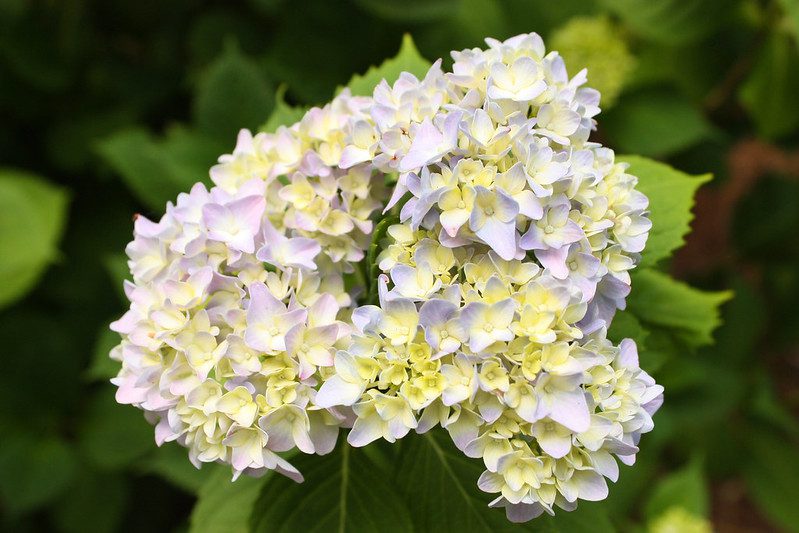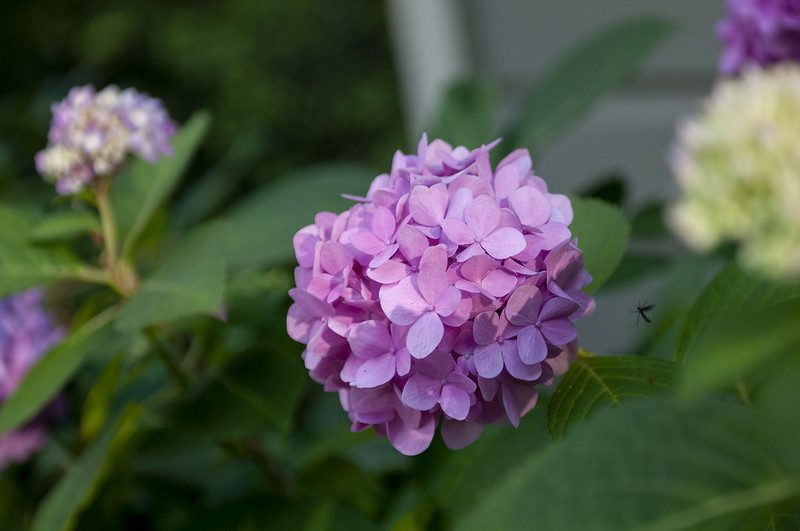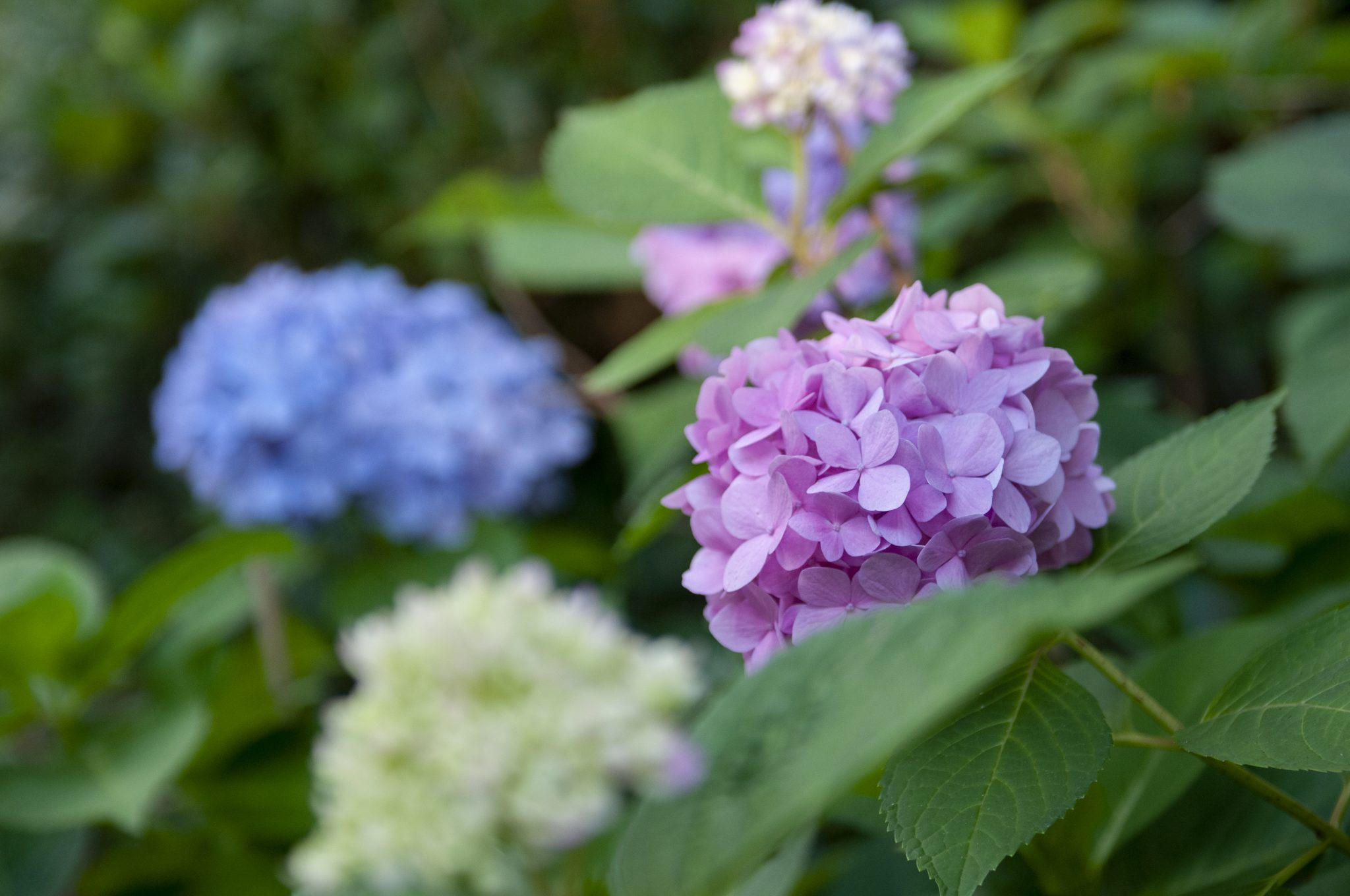Lawn & Garden

AUBURN UNIVERSITY, Ala. — All across Alabama, gardeners are eagerly waiting to see hydrangeas in full bloom. This year’s bloom will be something that gardeners have not witnessed in a few years. Mallory Kelley, an Alabama Cooperative Extension System home grounds regional agent, said it has been two years since the old southern varieties of Hydrangea macrophylla have bloomed with their pink, blue and even purple shades of color. However, these colors will soon return to Alabama landscapes.
“In the South, two years can seem like an eternity for this southern landscape favorite,” Kelley said. “Last March, right before we would have seen tiny flowers start to form, the state had a bitter blast of cold that killed most everyone’s bud material on their Hydrangea macrophylla plants.”
 Most bushes died almost completely, all the way down to the ground. However, as temperatures increased into the summer, this tried-and-true southern plant started to grow back from the roots. This year, gardeners will see the flowers form from last year’s growth.
Most bushes died almost completely, all the way down to the ground. However, as temperatures increased into the summer, this tried-and-true southern plant started to grow back from the roots. This year, gardeners will see the flowers form from last year’s growth.Pruning with a Purpose
To keep your hydrangeas looking great, there are a few key management items, including pruning. Kelley said pruning makes the blooms grow larger and more quickly.
“You could never prune hydrangeas, and they would still flower but at a slower rate, and often times the blooms are much smaller,” Kelley said. “If your hydrangeas are blooming fine this season, you may wonder why pruning is necessary. But in order to have pretty summer blooms, pruning is a necessity.”
Pruning promotes branching and encourages bud production and flowering for the next year. Kelley said hydrangea pruning is a common area of confusion for many gardeners because of the multiple hydrangea varieties that are common in Alabama flowerbeds. Hydrangeas that bloom early in the spring — such as mophead and oakleaf — will need pruning right after they bloom. These will produce new wood through the summer and fall to have buds for next spring.
 “If you wait until winter when they are dormant, you will be pruning away the buds,” Kelley said. “This removes where the flowers would bloom the next spring.”
“If you wait until winter when they are dormant, you will be pruning away the buds,” Kelley said. “This removes where the flowers would bloom the next spring.”
Hydrangeas that require more sun — such as ‘Limelight’ — will bloom much later. In central Alabama, these hydrangeas typically bloom around July 4. In contrast to the early blooming hydrangeas, prune these hydrangeas in the winter, when they are dormant. After pruning, fertilize the hydrangeas in the spring to further stimulate new growth. Blooms will grow on the plant’s new growth during the spring.
Proper Pruning
To start pruning, Kelley said it is best to remove any dead or diseased material first.
“Sometimes, hydrangeas can get some winter damage to tissue that did not have a chance to harden off before winter temperatures arrived,” Kelley said. “You will need to remove this tissue as well.”
After pruning all the dead material, mophead and oakleaf hydrangeas require no further maintenance until they finish flowering in early summer. Then, prune them back to a manageable size at the branch junctions or simply clip off the spent bloom a few inches below it. If gardeners spot a new forming bud while pruning, make sure to clip just above this bloom.
 “It isn’t likely that you will make a huge mistake when pruning hydrangeas,” Kelley said. “Don’t be afraid to prune because it will stimulate new growth and new flowers.”
“It isn’t likely that you will make a huge mistake when pruning hydrangeas,” Kelley said. “Don’t be afraid to prune because it will stimulate new growth and new flowers.”
If the hydrangea seems to be struggling, the issue may be deeper than pruning. The issues could be associated with improper watering, lack of cleanup at the soil level or insufficient morning sun.
When in doubt about the right time to prune, Kelley said to remember it’s safe to prune hydrangeas of any variety immediately after the blooms are spent.
More Information
For more information on hydrangeas, read the Alabama Extension publication “Hydrangeas,” available at www.aces.edu.

